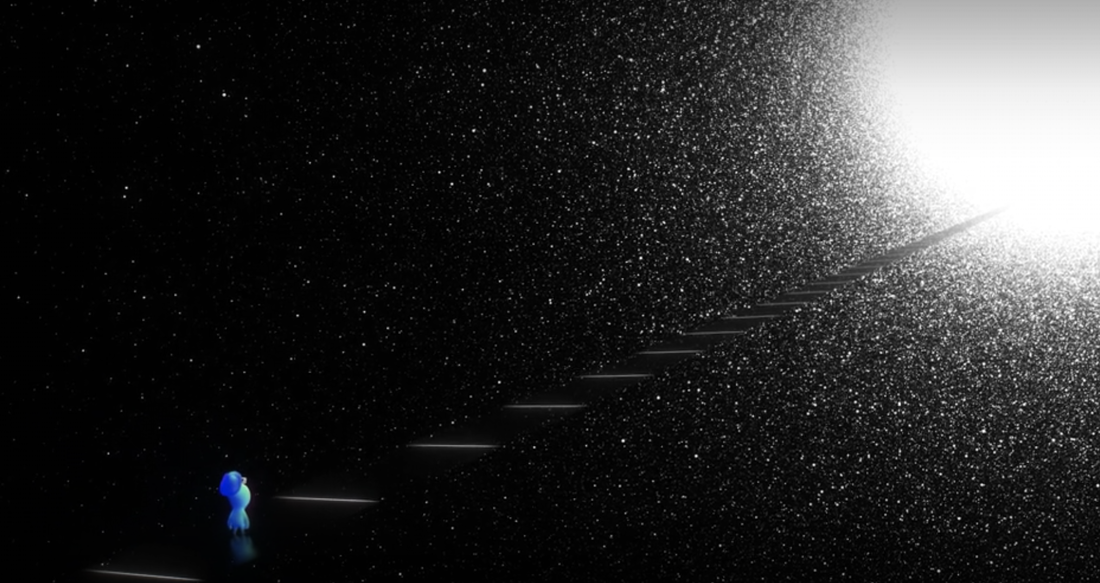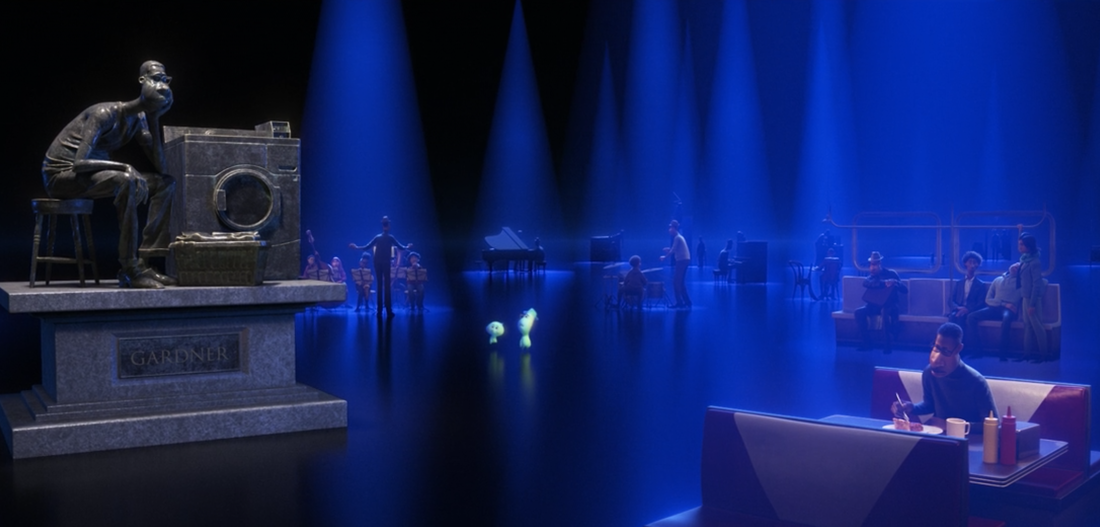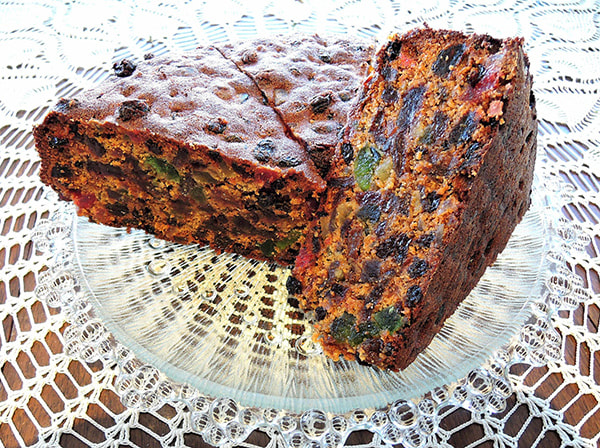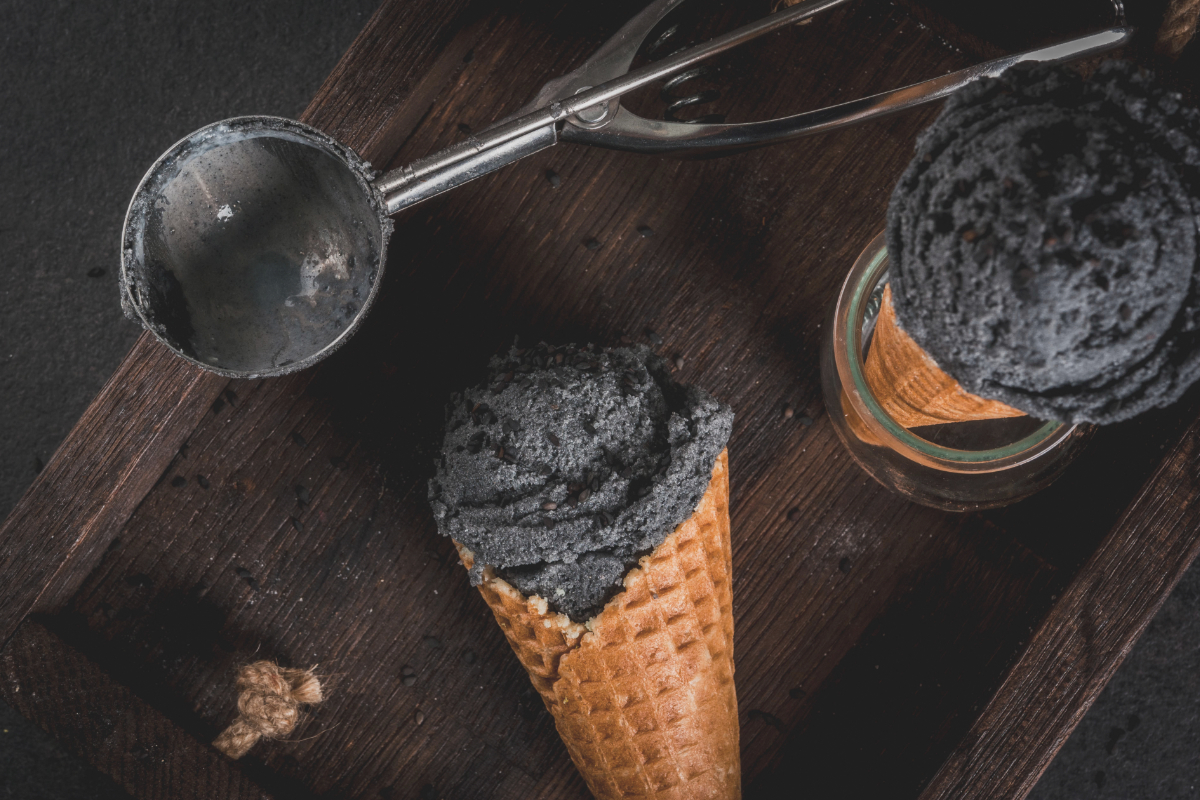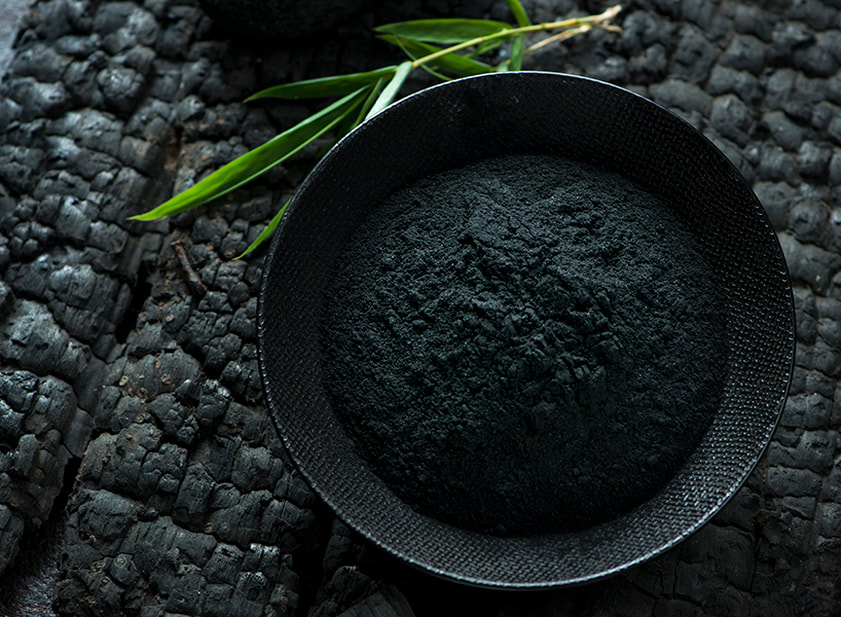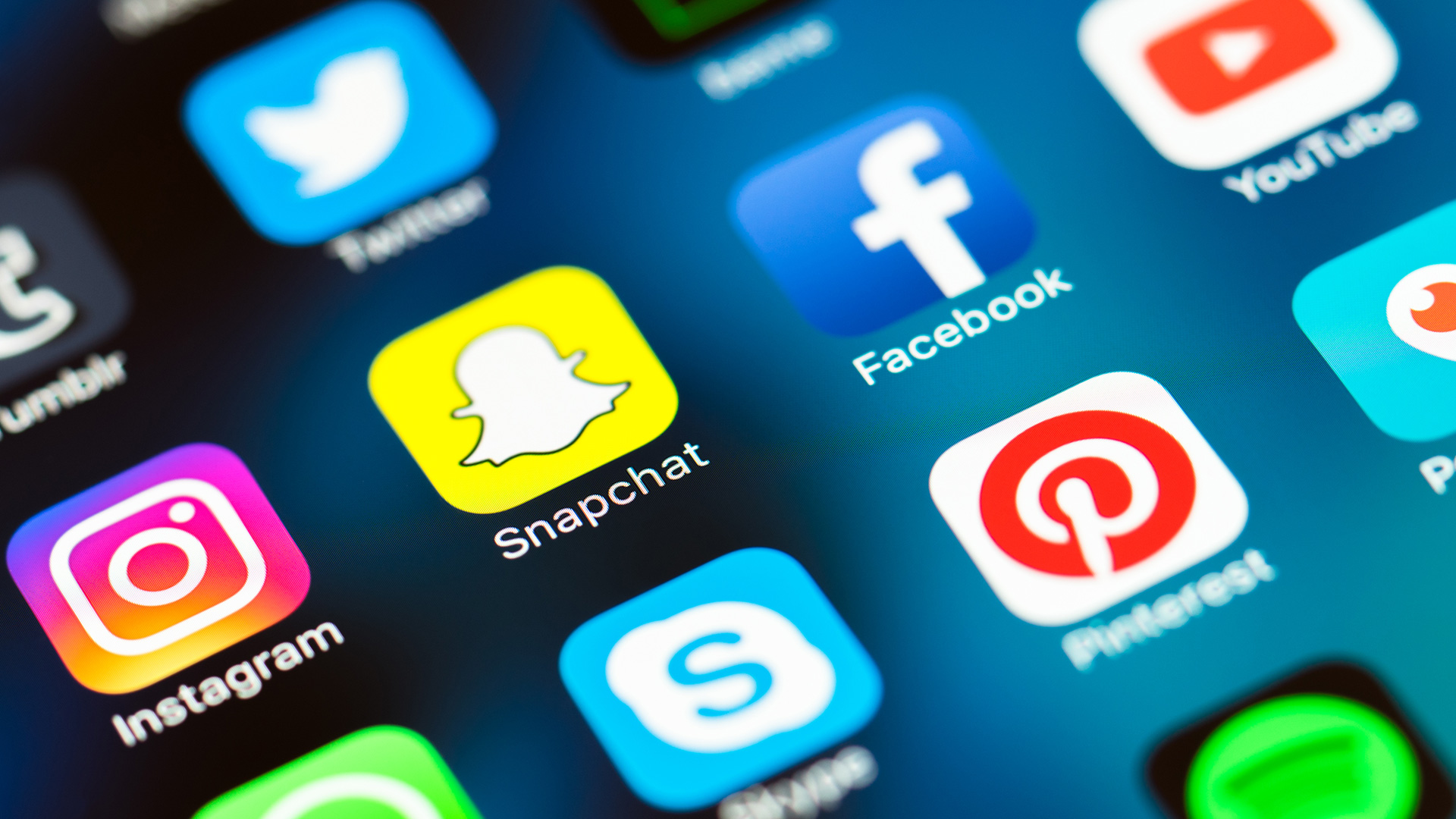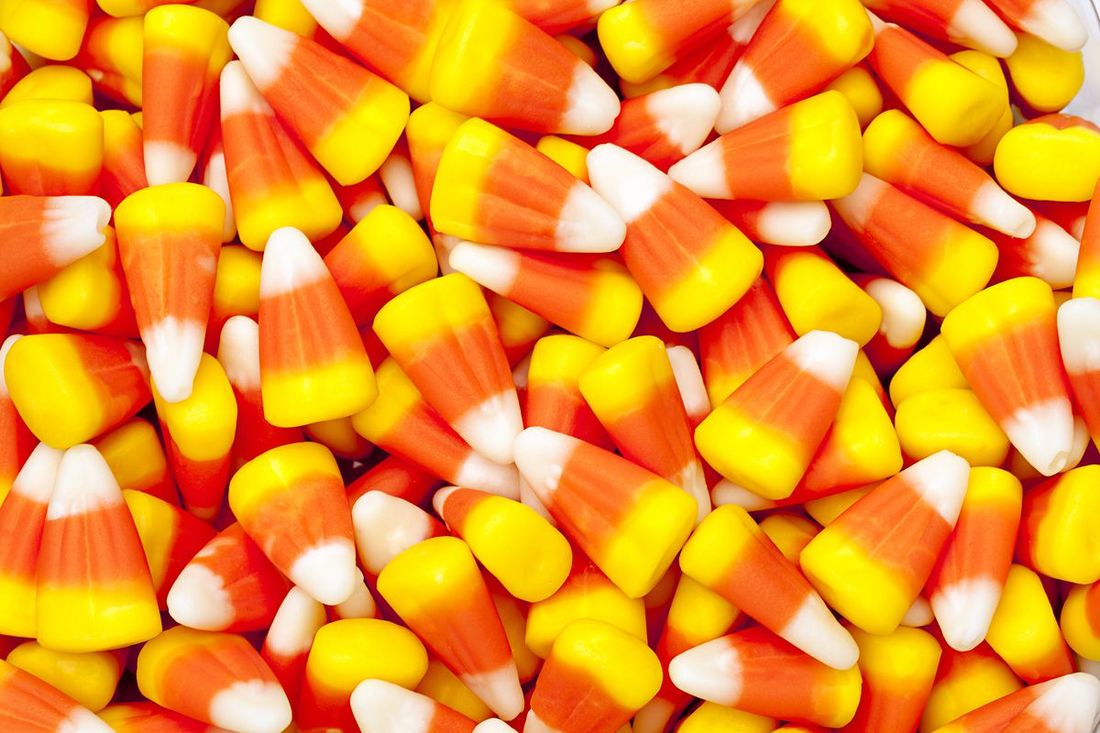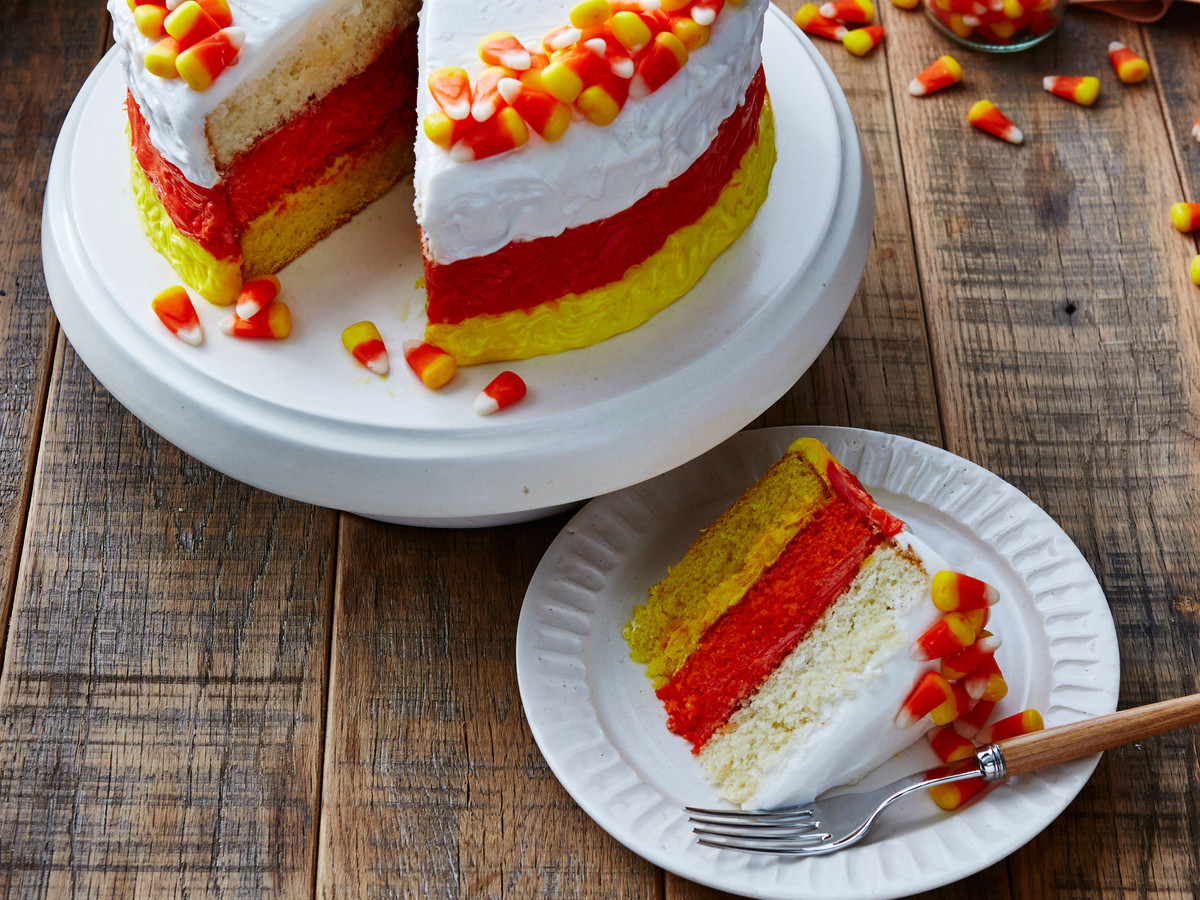|
I only knew two things about Soul before watching: it was produced by Pixar and it was criticized soon after it was announced. Back in July, I saw Tweets and Tumblr posts from Disney fans upset that the film is part of the recent trend of turning black leads in animated films into an animal or, in this case, a blue blob. I am not the right person to say if the representation in Soul and Disney/Pixar films in general is adequate or problematic, but it absolutely is worth mentioning before going any further. Despite not knowing anything else about Soul, I was excited when I saw it would be available on Disney+ on Christmas Day. As a massive Disney and Pixar fan, I had to watch it even if I wasn't sure if I'd like it. There have been a few recent (and not so recent) Pixar movies I didn't like, but I recently watched Onward and liked it, so I had hope for Soul. Plus, I've been struggling lately and though it would cheer me up. Boy, was I wrong. Soul starts by introducing us to Joe Gardner, a middle-aged black jazz musician working as a middle school band director. For years, Joe struggled to get gigs and never got his big break. The kids he teaches are horrible (as all middle school band kids are) and his mom keeps telling him to stick with his real job as a band teacher and give up on his dreams. Still, Joe remains positive and never gives up. His optimism and perseverance pay off and he gets the gig of a lifetime! Finally, things are going Joe's way and he's so happy. Joe dances through the streets, just barely avoiding danger like an old-timey cartoon character, until he falls into a manhole. BOOM! Joe's dead. Just as his life is taking a turn, Joe dies before achieving his dream. The title of the film and the promo photos made it pretty clear that Joe would turn into a "soul," but for some reason, his death really caught me off guard. After his untimely and jarring death, Joe's soul falls onto a conveyor belt in a black void leading to a bright white light. Ominous music plays as Joe is taken closer and closer to the light. He tries to run backwards on the belt and comes across other souls of various ages speaking different languages. The people on the belt were staggered, suggesting that they are in line based on the time they died. Everyone is accepting their fate, but Joe has to get out of there. Of course, Joe manages to escape his fate and the movie can start with its out-of-the-box plot. Joe leaves the scene, but I'm still stuck on that conveyor belt. I found this scene so incredibly haunting and disturbing. We never find out what that bright light called "the Great Beyond" actually leads to, but the void surrounding the conveyor belt and the white light along with the overall vibe of the scene caused me to believe it was the end for the souls. I'm afraid that death will be nothingness, so this probably has something to do with the conclusion I came to. It could've been the writers' intent for the Great Beyond to be whatever the viewer wants it to be. I couldn't find any information about what the afterlife in Soul was meant to be with a quick Google search, so we're just going to assume it's meant to be up to interpretation. I don't know about you, but when I watch a bright Disney movie I don't want to be reminded of my own mortality. The film leaves the afterlife ambiguous, but we get a clear look at the before-life. Joe finds himself in the Great Before after escaping his fate. The Great Before is filled with rolling hills and tall grass and has some funky white structures. Its inhabitants are new souls and their guardians. The imagery is light, airy and calming, but I am still unsettled. In the Great Before, all new souls are given the personality traits they'll have in life. After they are assigned traits, the souls must attend a seminar and be mentored by the soul of a dead person. This mentor helps the soul find their spark, which will complete its Earth Pass and allow the soul to be born. The only way to get to Earth is to have one of these passes, and Joe needs one so he can return to his life and make it to his gig. Conveniently, there's a soul named 22 that's been in the Great Before for thousands of years and refuses to be born and forced to live. Joe is paired up with 22 and they form a plan to finally find 22's spark and give Joe her pass. Joe shows 22 snapshots of his life to help inspire her. Both 22 and Joe see that Joe's life was boring and, frankly, a bit pathetic. Where greatest hits and big moments would be for those selected to be mentors, all we see is mundane and insignificant moments for Joe. There are snapshots of Joe eating alone in a diner, sitting on the subway, and conducting a middle school band. The summary of Joe's life is so sad, but it just motivates him to get to his gig and finally make something of himself.
Without knowing whether or not Joe will make it back to his life, I'm left thinking, "What if this is it for Joe? What of this is all his life amounts to? How many other real people have lives like this, and what if I end up like this?" The prospect of having a life without meaning is worrying, especially at this stage in my life where I'm not really doing anything. I also relate to 22 more than I would like to admit. I don't believe in the concept of souls, but what if my "soul" wasn't not ready for this world? It feels like that sometimes. After 22 and Joe leave the seminar, the rest of the movie chronicles the duo on their mission to save Joe's life and 22's non-life. The bulk of the movie is Pixar fun mixed with a heavy plot, but none of it made me feel the way the first 30 minutes did, so I'm not going to talk about it here. The beginning of Soul made me think a lot about life and death and it was terrifying. Even though Soul is a cartoon with blob characters, the concepts behind it are too real. Coco is another Pixar film centered around death, but the plot and scenery is removed far enough from reality that I can enjoy it without thinking about my own mortality. I've rewatched Coco many times, but I think once was enough for Soul. It was objectively a good movie, but I would rather not think about how successful my life may or may not be and what comes after death when I'm watching a Disney movie.
0 Comments
Fruitcake is a big part of Christmas in the U.S. but it's also wildly unpopular. Still, these brick-like cakes start popping up in grocery stores every December without fail. Fruitcake has been around for centuries and was passed to the U.S. from English traditions. Fruitcake has a positive reputation in the U.K. (fruitcake is traditionally the flavor of choice for royal weddings), so why do Americans despise this treat so much? Image from Claxton Fruit Cake Fruitcake is basically just a dense cake filled with candied fruit and nuts. No one really takes issue with these separate elements, but many people are not happy with this combination. A lot of fruitcake haters have never even tried it because of its bad reputation, so some of the negativity comes from word of mouth. One of the strange things about fruitcake is its shelf life. When you compare the shelf lives of fruitcake and a regular cake, the difference is pretty extreme. freshly baked fruitcake can last about one month in a cupboard and up to six months in the fridge. A lot of people don't leave cake around long enough to find out how long it will be good for, but for comparison, a chocolate cake will only last for a couple of days sitting out and one week in the fridge. Six months is a very long time for a baked good to last, but fruitcakes have been known to last for much longer than this. One family has kept a fruitcake for well over 100 years for sentimental reasons and occasionally samples it. As proven by panics over fast food not decomposing, people tend to be suspicious of food that doesn't go bad. People tend to think that for a food to last so long it must contain dangerous chemicals. Image from Good Nature Travel Some people blame a 1985 Johnny Carson joke for fruitcake's reputation. Carson joked about fruitcake always being regifted and said that there was really only one fruitcake in the world that people kept giving away. For this joke to be memorable it must have held some truth at the time, so it's safe to assume that fruitcake already had a bad rap.
Cake and a little bit of fruit (usually only one kind) can pair together very nicely, but adding a bunch of different kinds in large quantities seems a bit overwhelming. The fact that it's super sugary candied fruit definitely doesn't help fruitcake out. Tastes and preferences evolve over time, so this must have been an appealing way to make cake at one point in time that just fell out of favor after the tradition was already set. Even though we joke about how terrible it is, bakeries that make fruitcake are still in business, so there must be some people who actually look forward to this part of Christmas. Bright rainbow food was extremely popular for a while, but eventually, it faded from relevancy. For the next fad, trendsetters decided to go in the opposite direction: black food. To achieve that deep shade, people added activated charcoal to everything from bread to ice cream to water. Image from Food Business News Activated charcoal might sound familiar, and that's probably because it was recently a hot trend in the beauty community. Charcoal peel-off masks and facial scrubs became popular after videos of people using black masks to rip out blackheads went viral. This made people wonder if an ingredient used for clearing complexions is safe to eat. Activated charcoal comes from burning organic materials and processing it at a high temperature to give it the qualities unique to this type of charcoal. Unlike the charcoal we use for our barbecue grills, activated charcoal comes in the form of a fine powder. Technically, it is edible, but eating it can cause some issues. Image from Flare Activated charcoal can be used to treat poisonings and overdoses, and these properties can make your prescriptions stop working. It can also prevent your body from absorbing certain over the counter pain medications. Consuming the small amount of activated charcoal used to dye your fun-looking black burger bun probably isn't enough to cause issues, but overcommitting to the trend would. If you're taking any prescription medications, I wouldn't recommend chugging charcoal water every day.
If eating activated charcoal can potentially have negative effect on most of the population, why would anyone want to eat it? Since activated charcoal isn't dangerous in and of itself, it's considered okay to consume. Similarly, grapefruit is known to negatively interact with many common medications, but patients are warned about this when they receive their new prescription. Activated charcoal is such a new trend that many people have not heard about the harm it could do. Even without knowing about the potential negatives of eating activated charcoal, it still seems like a really weird to choose to eat. Black food looks cool, which is enough to attract people to it. Additionally, some people believe that activated charcoal has positive health benefits, but these claims are murky. Even with the uncertainty around activated charcoal, this trend doesn't look like it's going away any time soon. Everything you put online is visible to everyone, including hiring managers. What you make public online can either help you or hinder you from getting your dream job. There are a few things you can do to make sure your social media accounts will work in your favor. Image from Houston Defender Brand YourselfIn communications courses, you often hear that you need to brand yourself, but what does that even mean? Branding is basically how you represent yourself online and how your personality comes across. To effectively create your own brand, you should be yourself and also try to stand out from the crowd. To do this, have fun with how you customize your accounts, but make sure you aren't coming off as unprofessional. A good way to do this is having matching colors across your platforms and talking about things that you're passionate about. Don't Be OffensiveAvoiding being offensive isn't very hard. All you have to do is think about what other people might think of you when they see that picture or post you're thinking about putting online. Additionally, think about all of those lectures you got in middle and high school about what not to post. For example, don't make posts about drinking if you're underage. If you're over 21, a classy picture of you with a glass of wine is okay, but pictures of you binge drinking at a party are best kept to yourself. Part of this is also avoiding offensive language. Keep swearing to an absolute minimum or avoid it completely. A person who drops f-bombs in every Tweet doesn't come across as professional. Also, not going on political rants is for the best. If you do want to post about politics, make sure you're being respectful and eloquent and be aware that even the most well thought-out and best intentioned political posts could hurt you in the future. Keep Some Details PrivateHiring managers can hold a bias against you for pretty much anything, even if they don't realize it. Having things like your political party, religion or even favorite sports team public could make someone choose another applicant over you. Avoid filling out the sections like this in your Facebook profile and posting anything related to affiliations on your public accounts.
Discrimination based on things you can't control, like race, gender, sexual orientation, religion, disability and more, is illegal, but unfortunately, it is something you may face in the future. Hiring managers could base not choosing you for a position on things like this from what they see on social media. They could also figure out some of these in person, so don't avoid posting pictures of yourself and loved ones out of fear of discrimination. You'll probably never know if discrimination is why you weren't hired or if the decision was based on merits alone. If you weren't hired for who you are, that company is not one you'd want to be working for regardless. One of the most divisive fall candies is candy corn. For some reason, a lot of people have very strong opinions on this sweet. What about candy corn makes so many people love it and so many others hate it? Image from Vox Candy corn was invented at the end of the 1800s. At this time, the US was largely agrarian, so it was popular to make candy shaped like agricultural products to appeal to farmers' children. Pieces of candy corn don't look very much like corn by themselves (until you bite down to the yellow part, of course), but when the pieces are stacked together they look like a corn cob. Like most other candies, one of the main ingredients in candy corn is sugar. Candy corn is also made with fondant, corn syrup, marshmallow, vanilla flavoring and gelatin (among other things). Because candy corn contains gelatin, it isn't vegetarian/vegan friendly. Additionally, it contains a substance made from insects. While gross sounding, this substance is actually very common and FDA approved. Most consumers are probably unaware of the insect product lurking in these candies, so that isn't the cause of the controversy. The main things that either makes or breaks candy corn is its taste. Image from Southern Living While vanilla is the only ingredient that is clearly meant for flavoring, candy corn also derives its flavor from marshmallow and fondant. Candy corn's unique texture can be attributed to the fondant and gelatin.
So really, a person's opinion of candy corn comes down to if that person is a fan of fondant and marshmallow. Fondant and marshmallows don't come up very often in day-to-day life, but around this time of year, candy corn magically appears all over stores. It's much easier for people to have strong takes on things that they see all over the place than things they don't encounter as much. The great candy corn debate wouldn't exist if stores didn't hype it up in the fall or if companies refrained from making things like candy corn flavored cookies and cereal. Above all, candy corn is a trend that comes around every year, and people have hot takes on trends. |
